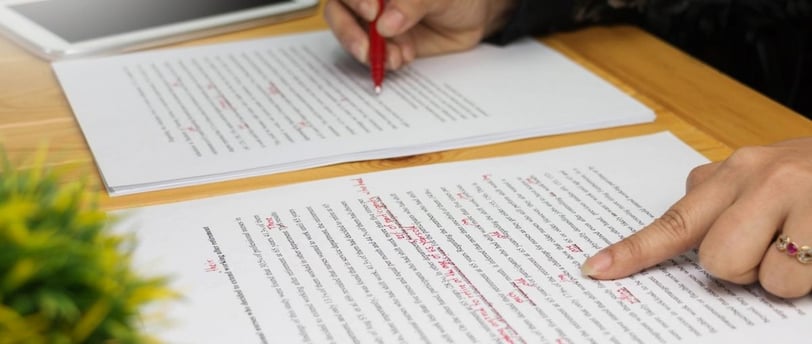5 ways to check for errors without wasting paper
Lots of people believe it is easier to spot mistakes on paper than on a screen. Read on to find out why that's not true and discover 5 ways to check for errors without wasting paper.
10/16/20241 min read


The myth: proofreading is more successful on paper
Whether you are a translator or you write original content, you may have heard that it is good practice to print out your text to check it for mistakes or omissions. This is certainly something that I have been told time and again. The reason? Your brain sees what it thinks you have written, rather than what you have actually written, and changing the medium can help you break out of this habit.
The reality: these paper-free techniques do the same job
However, a Cambridge University Press & Assessment research report from 2022 found that there is no conclusive evidence to support the widely held belief that proofreading on paper is more successful than proofreading on a screen. Therefore, I choose to check my work on screen and save paper. If you want to do more for the environment too, here are 5 paper-free ways to change the format in which you engage with your text and stop your brain tricking you into seeing what it expects to see.
Change the font.
Change the colour of the text.
Read the text backwards, sentence by sentence or even word by word.
Read the text out loud.
Listen to the text using text-to-speech tools.
A more important tip
Changing the format of your text is all very well, but it is no use without remembering the most important self-checking tip of all: take a break before proofreading and come back to your text later with fresh eyes - ideally after a night's sleep.
And of course, if your text is important and needs a guarantee of quality, be sure to invest in a professional proofreading service.
© 2024. All rights reserved.
